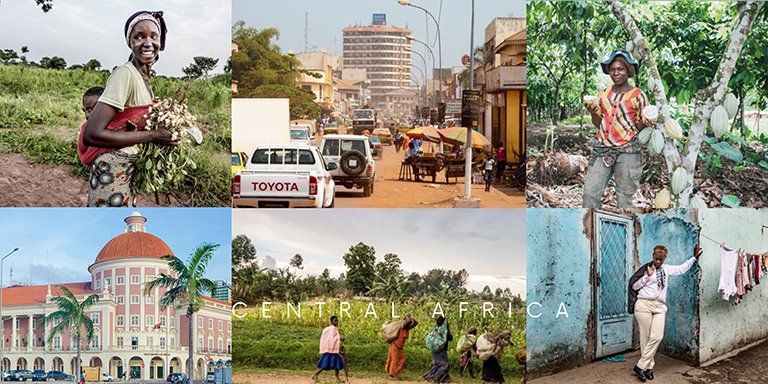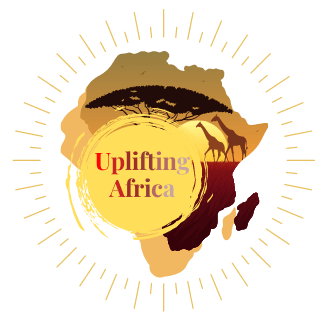Central Africa
Central Africa is a sub-region in Africa that comprises countries that stretch from the depths of the Sahara desert to the tropical and lush rainforests of the Democratic Republic of the Congo. From the inhospitable sands of Chadian deserts to the fertile and nutrient-rich soils of Sub-Saharan Africa, as well as the plentiful natural resources of the DRC and Angola, Central Africa, like many of its bordering sub-regions of Africa, contains a spectacular array of climates that would marvel any visitor to this region. To accompany the success that many Central African countries have encountered with substantial natural resources, an economic union promises to catapult this region to further prominence, known as the Economic Community of Central African States.
Consisting of 12 nation-states, including the two nation states previously mentioned as belonging to the sub-region of East Africa, Burundi and Rwanda, some members of the Economic Community of Central African States have chosen to adopt a single currency: the Central African CFA Franc. While only six states have opted to introduce the CFA France as the national currency, it promises significant economic benefits in the present and future for this region of Africa. Furthermore, with still so much untapped potential in Central Africa, as well as in Africa as a whole, the monetary and economic union will prove to be a significant driver for business and general welfare for Central African peoples.
Indeed, Central African history abounds in examples of governmental cooperation that promotes peace and sustainability. For example, the Lake Chad Basin Commission is an intergovernmental organization that upholds the principle of sharing Lake Chad Basin’s natural resources. At a time when many Central African states were going through the process of decolonization, four countries bordering Lake Chad decided to create the Lake Chad Basin Commission in 1964 to regulate and control water and natural resources and to coordinate development projects. However, the legacy of colonialism continues to impact the region to this day: many Central African states still have borders that were originally designed during the times of European colonial expansion, neglecting the ethnic and national differences of the peoples living within these territories. As a result, ethnic, national, and religious wars dominate the landscape of Central Africa. In recent years, Ambazonia, a secessionist state from the Republic of Cameroon, has been clamoring for independence, part of a larger conflict known as the Anglophone Crisis, a reminder of how British and French efforts to create a boundary between British Nigeria and French West Africa can have bloody consequences in the present day; similarly, after fifty years of civil war, South Sudan gained its independence from the Republic of Sudan, a national movement that sought to create a standalone national identity, distinct from the Republic of Sudan. Finally, the Central African Republic has become embroiled in civil wars, with a variety of different motives; one of these is related to religion, where radical Islamist groups have become involved in the conflict, including the Ansaru and the Seleka.

NEWS & ANALYSIS ON CENTRAL AFRICA








